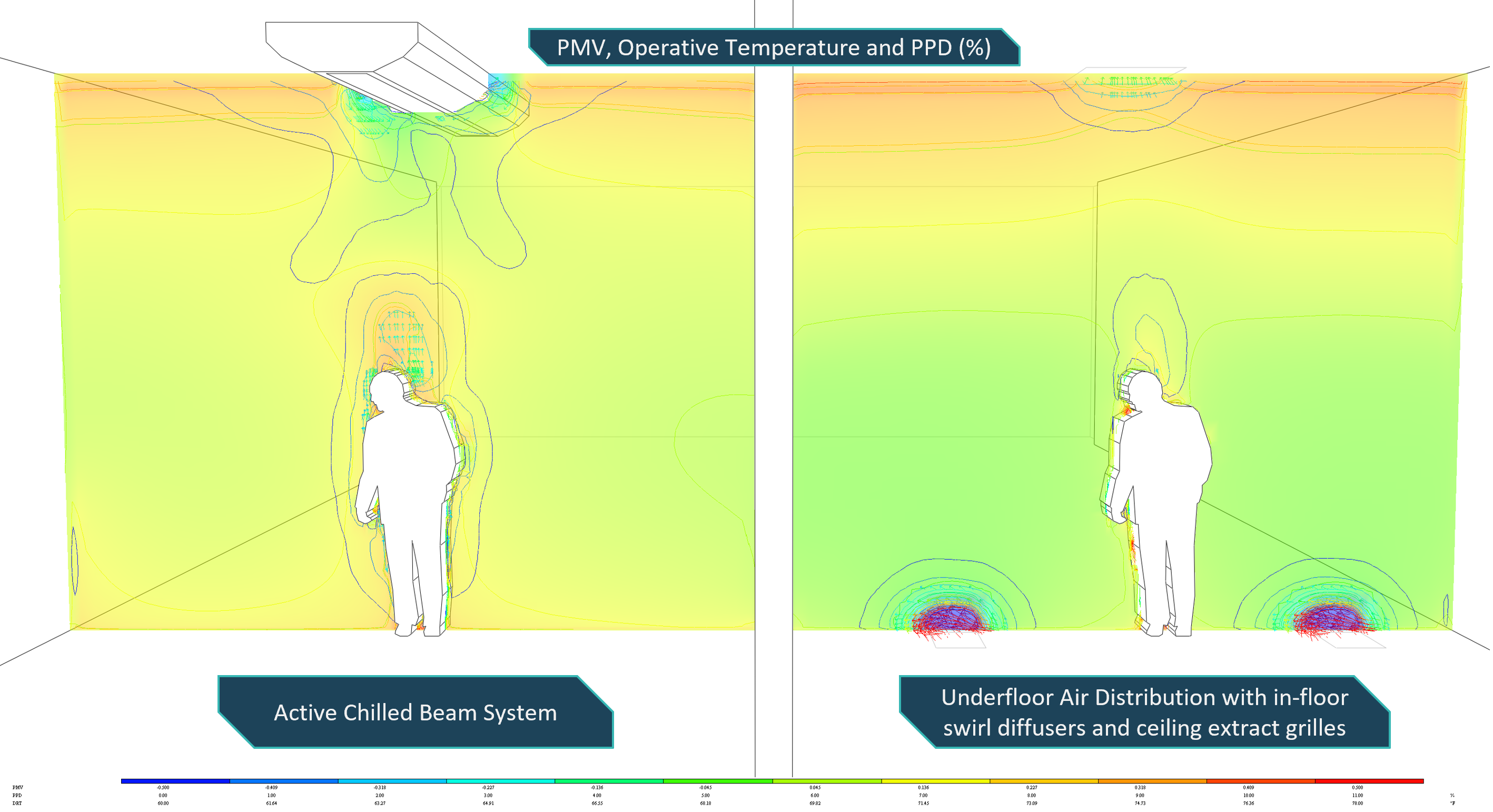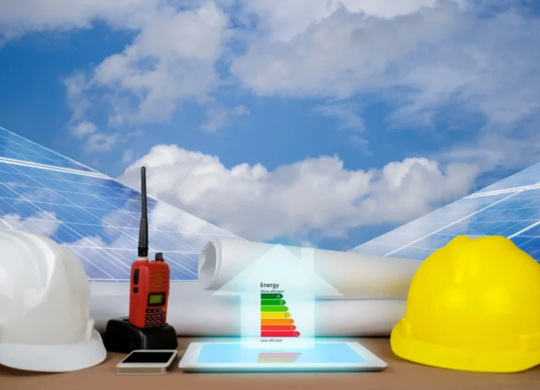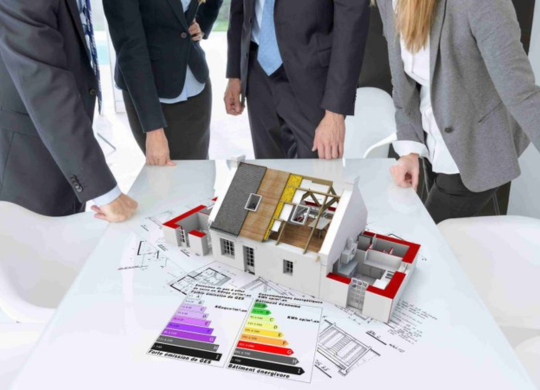Airflow | MicroFlo-CFD

MicroFlo-CFD
MicroFlo gives designers the opportunity to understand in detail airflow patterns within, or external to, a building from natural and or forced air ventilation. This understanding, using standard metrics of airflow performance, provides means to design thermally comfortable, draft free, non-stuffy internal environments and calm, non-gusty external urban environments.
MicroFlo is deliberately integrated within the VE to make the CFD as accessible as possible. Automated generation of the CFD grid removes the main complication in CFD analysis. Airflow performance modelling can be performed in in six easy steps.
Airflow | MicroFlo-CFD
MicroFlo gives designers the opportunity to understand in detail airflow patterns within, or external to, a building from natural and or forced air ventilation. This understanding, using standard metrics of airflow performance, provides means to design thermally comfortable, draft free, non-stuffy internal environments and calm, non-gusty external urban environments.
- Air flow and heat transfer in and around buildings, taking into account boundary conditions such as the effects of climate, internal energy sources and HVAC systems.
- Predict occupant comfort temperatures, air temperature and airflow; optimise supply grille placement.
- Investigate in detail natural and mixed mode ventilation strategies.
- Most of the effort is taken away and CFD can be incorporated as a vital part of the design process.
MicroFlo helps designers by predicting the following standard measures of airflow performance:
- Internal thermal comfort, how an occupant would feel in a space:
- Percentage persons dissatisfied – how many people are unhappy in the space
- Predicted mean vote – do they feel too hot or too cold
- Comfort – would they feel comfortable
- Local mean age of air – how old (stuffy) is the air in the room
- Air change effectiveness – how efficient is the ventilation system
- Designers can also interrogate the following to gain additional understanding:
- Internal air flow temperature, direction and velocity
- Internal dry resultant temperature
- External air flow direction and velocity
- External static pressure
- Results are accessed via a bespoke CFD results viewer – results can be viewed in a number of ways to help understand the airflow regimes:
- Velocity vector slices
- Filled contours slices
- Iso-surfaces
- Airflow (particle) tracking
- Results can be shared using images or animations
How it works
MicroFlo is deliberately integrated within the VE to make the CFD as accessible as possible. Automated generation of the CFD grid removes the main complication in CFD analysis. Airflow performance modelling can be performed in in six easy steps:
- Run ApacheSim to generate boundary conditions (optional)
- In MicroFlo, select the rooms you wish to simulate.
- Define surface boundary conditions if not using ApacheSim, and make any required adjustments (eg. you can place supply and extract grilles)
- Add additional components (eg. people, computers, radiators)
- MicroFlo’s automatic grid generation tool creates a grid based on the shape of the model, windows, surface objects and component
- Run and monitor simulation progress
- Review results
Setting up a CFD simulation requires the definition of the boundary conditions of the space that you are investigating. The external wind direction and air flow profile for external simulations. For internal studies the conditions of the walls or windows that surround the internal spaces, the objects that will affect airflow within the space and any means for which air is introduced or leaves a space. Collectively these are the boundary conditions, and the benefit of the VE is most of these are already defined in the geometry and for the purposes of other calculations meaning that the set up of MicroFlo is simple in comparison to other approaches.
ApacheSim brings in the following items directly to MicroFlo:
- Air temperature and moisture content
- Surface, window and door temperatures
- All incoming and outgoing air mass flow, temperature and moisture content through each opening
- Convective room gains split into occupant, equipment, lighting and plant
Alternatively, all these properties can be defined easily through the MicroFlo interface
Surface Object Properties and additional items can be defined:
- Air coming into the space via window openings, supply grilles air temperature, moisture content, CO2 and CO content and for supply grilles their air flow direction
- Uni-directional
- 2-way flow
- 4-way flow
- Swirl diffuser
- Air removed from the space via extract grilles
- Patches can be used to simply model other types of boundary conditions
- Heat flux patches – to model (say) a solar heat gain on a surface or a radiant panel
- Temperature patches – to model (say) a hot or cold surface
- Pressure – to model air entering or leaving a space based on external pressure
- Porous – to model grilles or louvres between spaces
- Fan – to model air being pulled or pushed between spaces
- Geometry as CFD components can be created to model anything that would affect airflow or introduce heat, moisture, CO2 or CO into a space:
- Solid heat source – air doesn’t pass through it – such as people or computers
- Air heat sources
- Solid objects – such as furnishings
- Radiators – convection heaters within spaces
CFD analysis divides the studied space into a grid of cells or a mesh. Manually creating CFD grids is a very time consuming and specialised process. MicroFlo removes this complication by automatiin Grid Generation. In doing so it creates the most robust of all grid types, a grid containing rectangular box cells, and refines this mesh to be as high a quality as possible with over 50 Million cells. The grid can be manipulated further to enhance the detail if required:
- Grids can be added to increase the detail in particular regions of the model
- Non-fixed grids can be removed
- Grid regions can be edited to change the density and the uniformity between fixed gridlines
Source: iesve.com
Our Services
We’re here to help and answer any question you might have.
Free Consultation About RDT Design Technologies LLP
Testimonial
"Our experience with RDT Corp has been outstanding. They delivered a customized solution that addressed all our requirements and exceeded our expectations. Their commitment to excellence is evident in everything they do."

"Our experience with RDT Corp has been outstanding. They delivered a customized solution that addressed all our requirements and exceeded our expectations. Their commitment to excellence is evident in everything they do."

"RDT Corp provided us with a comprehensive IT strategy that perfectly aligned with our business goals. Their proactive approach and attention to detail have made a significant impact on our company's growth. Their services are worth every penny."







